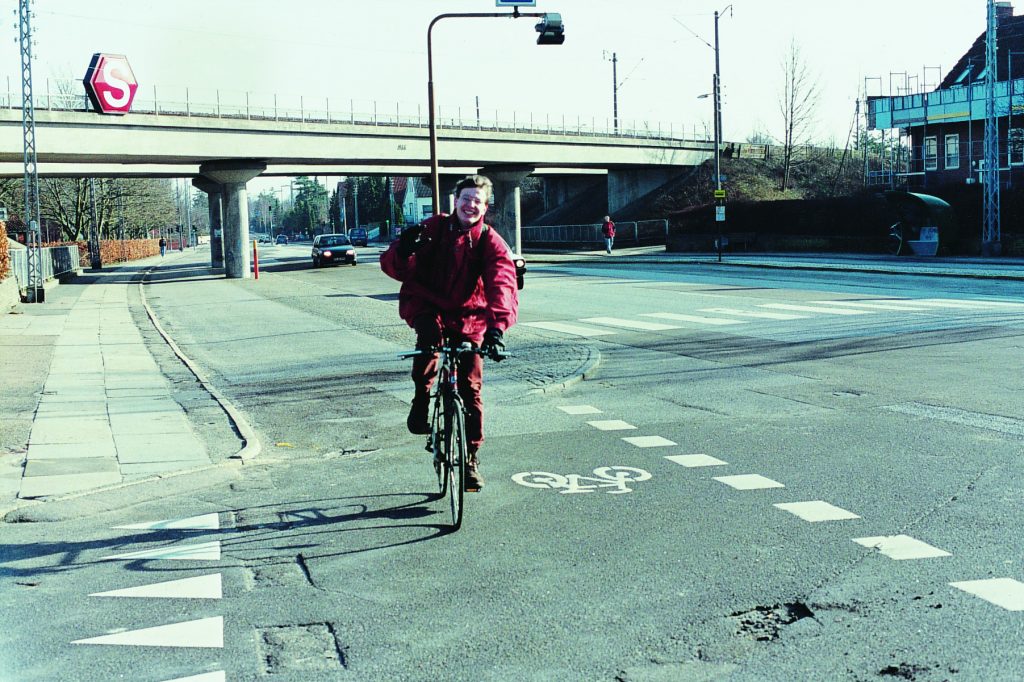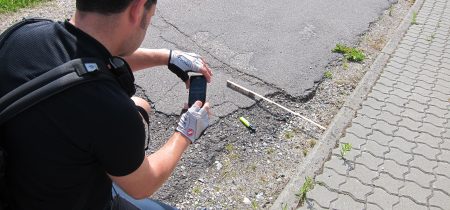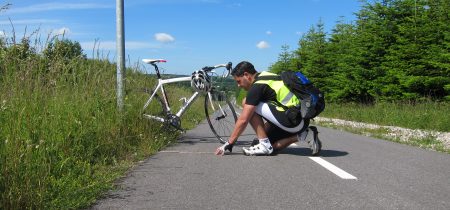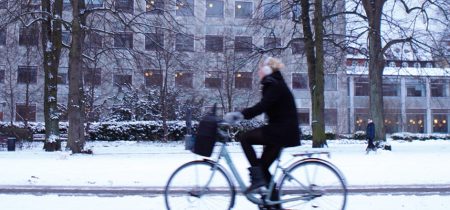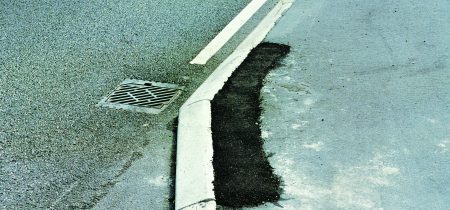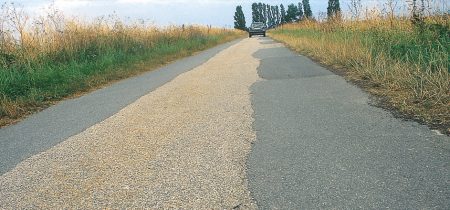Registering and assessing cycle track quality
There are various means of registering and monitoring cycle track condition, ranging from special measuring vehicles and specially equipped bicycles to simple, visual observation. In the city of Aarhus, registration of cycle track condition is carried out by visual inspection by bicycle, and assessment is based on a grading system. Prioritization of repairs is based on the condition assessment.
By Aros Kommunikation
In the city of Aarhus there are approx. 526 km of public cycle track. An annual cycle track condition assessment is carried out by visual inspection on a bicycle, based on the guidelines developed by SAMKOM, a cooperation forum between the Danish Road Directorate and the local authorities.
The Aarhus cycle track condition assessment is based on a five level grading system. A given stretch is graded on the basis of a visual assessment:
Grade 1: Excellent condition – optimal surface. The surface is almost completely even and intact, i.e. there are no roots or noticeable cracks. The cycle track was either recently established or the wearing course is relatively new, i.e. there is no surface deterioration and no loss of binder.
Grade 2: Good condition – good surface. The cycle track is only slightly damaged and has only had minor asphalt repairs, all of which are of good quality. There are a few, fairly insignificant cracks in the asphalt. The surface on the whole is even. There may be a minor loss of binder.
Grade 3: Acceptable condition – the surface meets strategic objectives. The surface is more or less even/is noticeable by cyclists. There may be a few small cracks or unevenness. Any asphalt repairs are of high quality. There may be binder loss so the surface feels rough.
Grade 4: Poor condition – poor surface. The surface is uneven due to settlement, cracks or potholes (max. 5 per km). Some stretches may be uneven due to poor asphalt repairs. There may be a loss of binder so the surface feels rough.
Grade 5: Unacceptable condition – very poor surface. The surface has several large potholes and uneven patches. There is settlement or surface deterioration along most of the cycle track. There may also be undesirable weed growth. There is binder loss so the surface feels rough. There is a loss of particulate materials.
Inspection by bike gives a better insight
Systematic inspection should be carried out by bike. Inspection by bicycle is a demanding task, but in the long run it means that the technicians involved gain a better insight into how important even the most minor unevenness is for cyclists. The number of repairs is likely to increase when inspection is carried out by bicycle rather than by car. Inspection should always be carried out by the same person to ensure uniformity.
If the organization’s own employees don’t have the time, a student assistant can be trained to do the job, a recreational cyclist, for example.
Repairs should be prioritized on the basis of the condition assessment in connection with coming roadworks (including cable laying and construction projects, and including the estimated budget).
Measuring unevenness
Some road authorities carry out evenness measurements using a small measuring vehicle which uses a laser to register unevenness and longitudinal profile .The measurements are used as a supplementary tool when prioritizing funding. However, this may be a costly way of collecting data which can probably be observed just as accurately by bicycle inspection.
There are various bicycles specially equipped for measuring based on the same principle. They have been used in the City of Copenhagen and several Dutch cities.
Sources: Collection of Cycle Concepts, 2012 and Per Kristensen, head of maintenance department, Technical and Environmental Administration, Municipality of Aarhus



